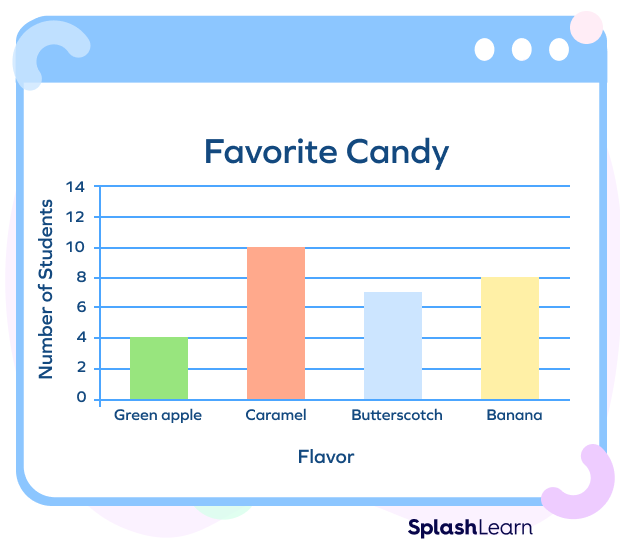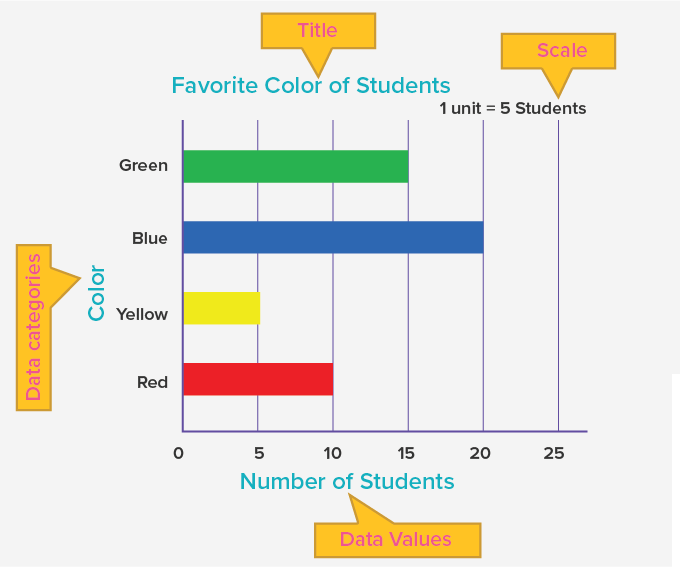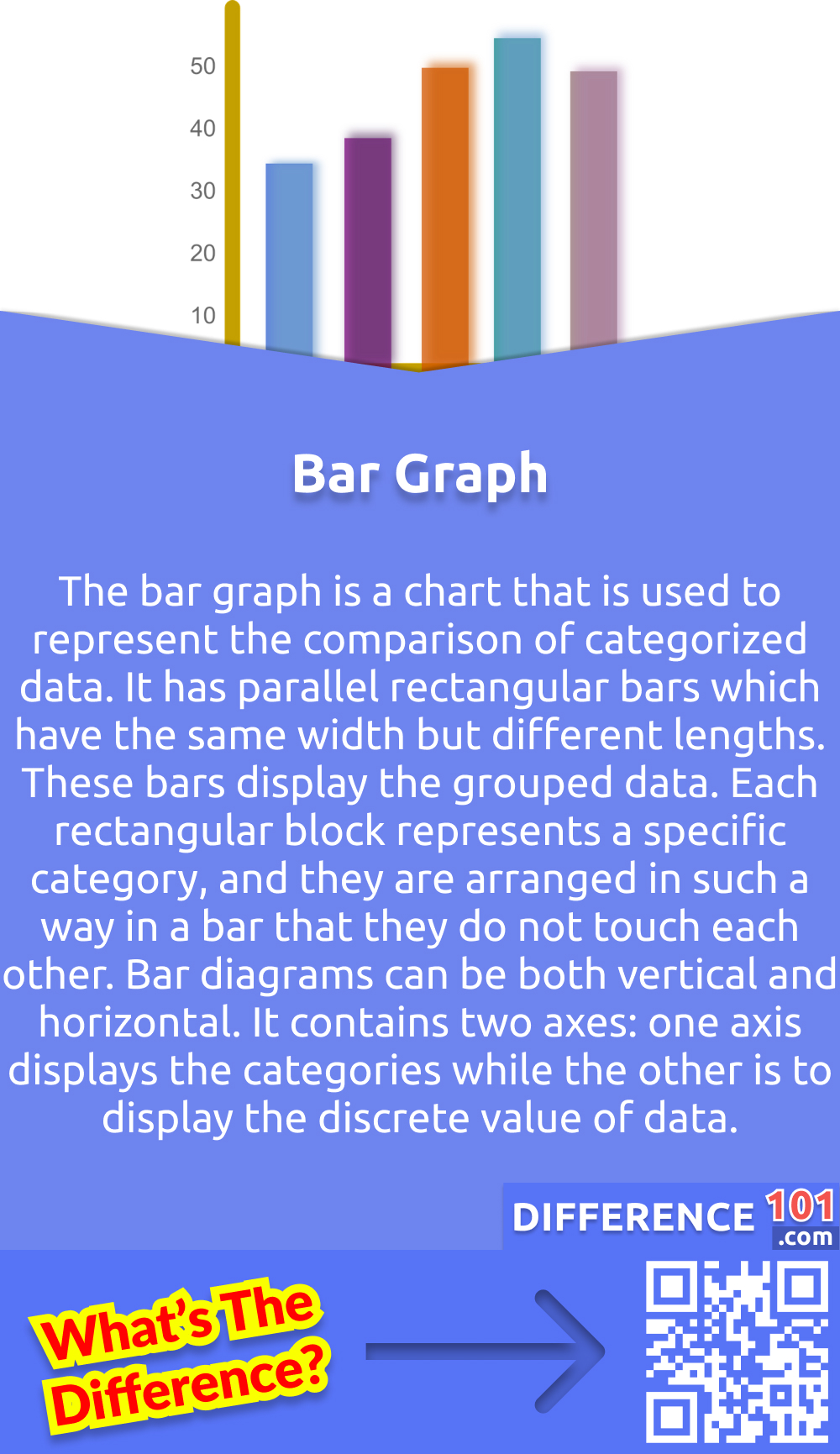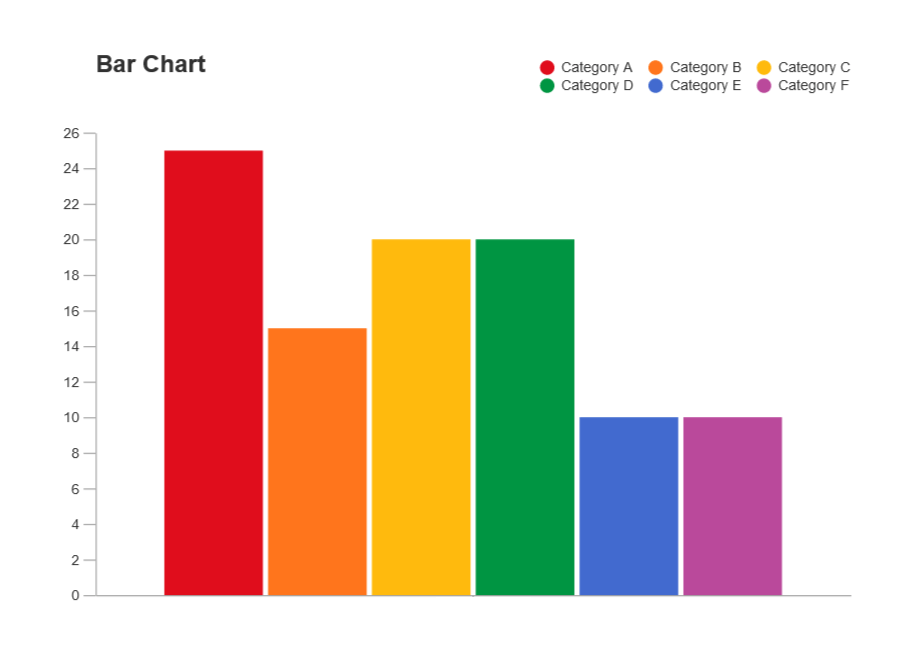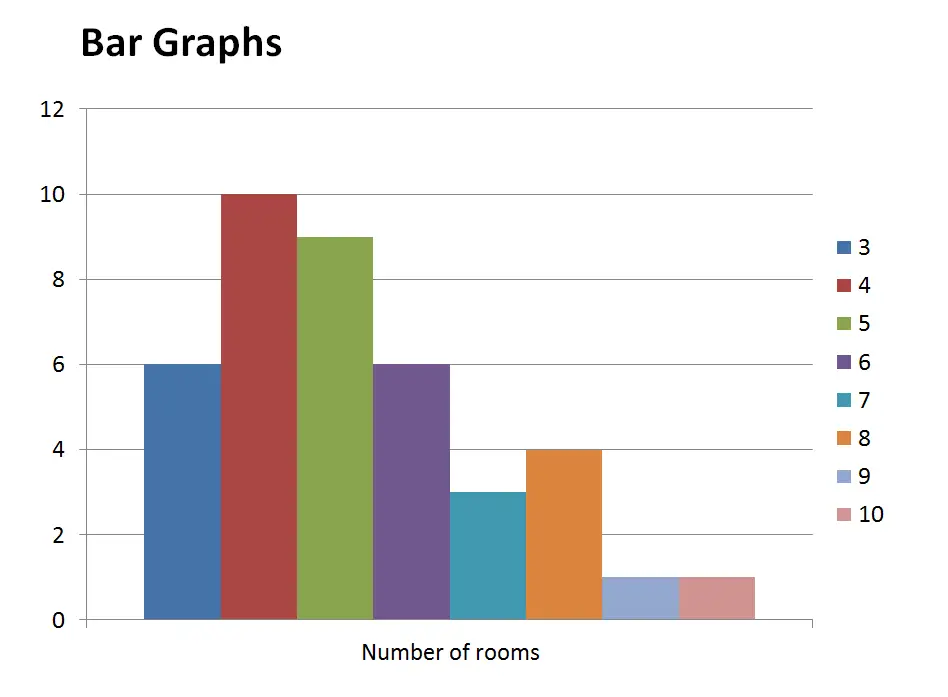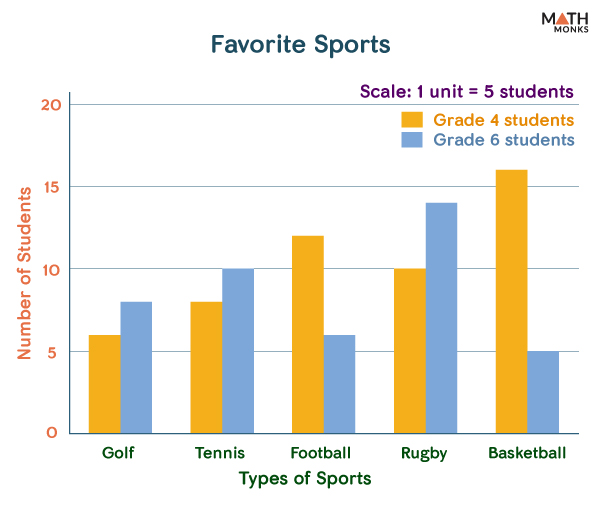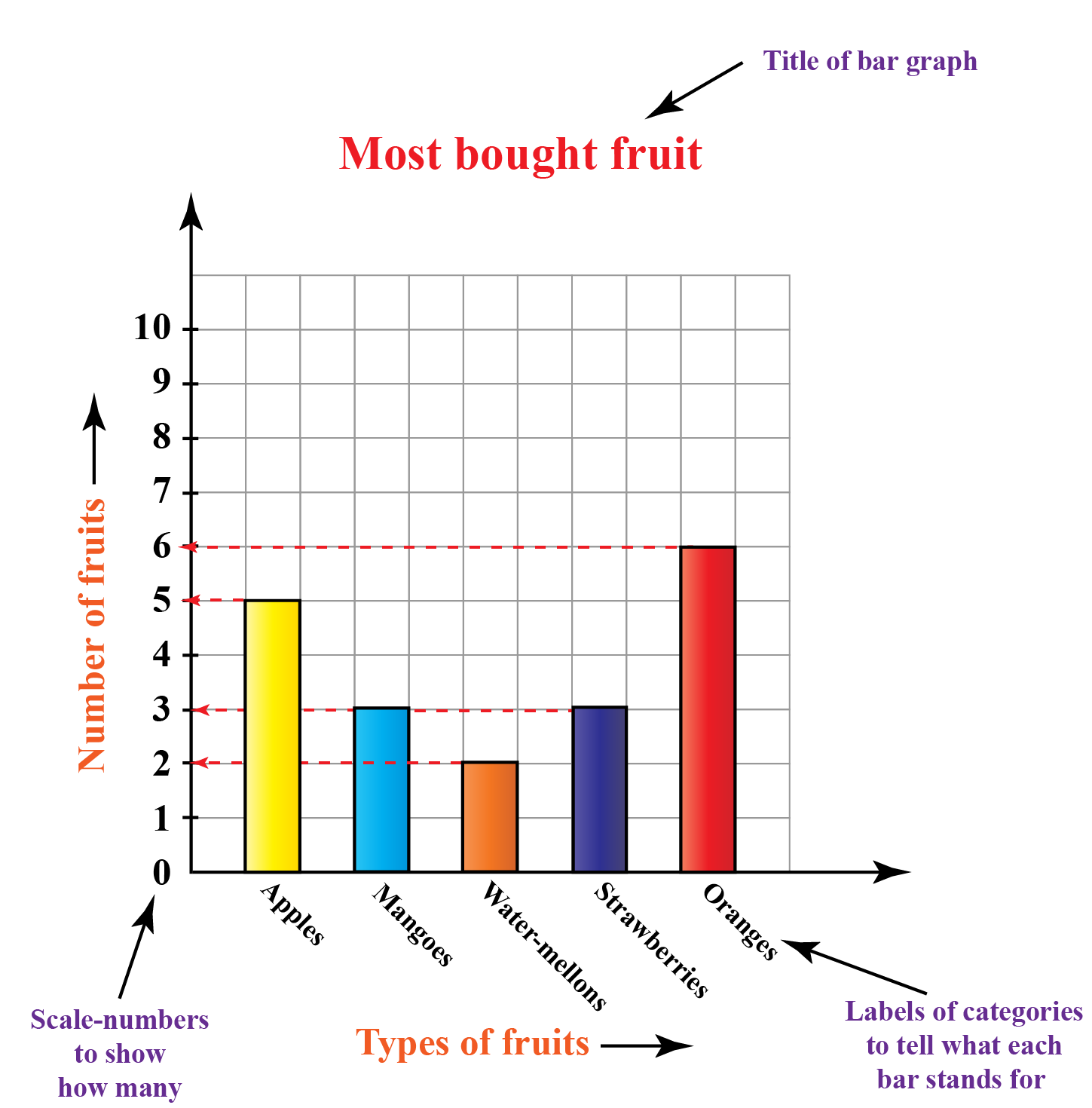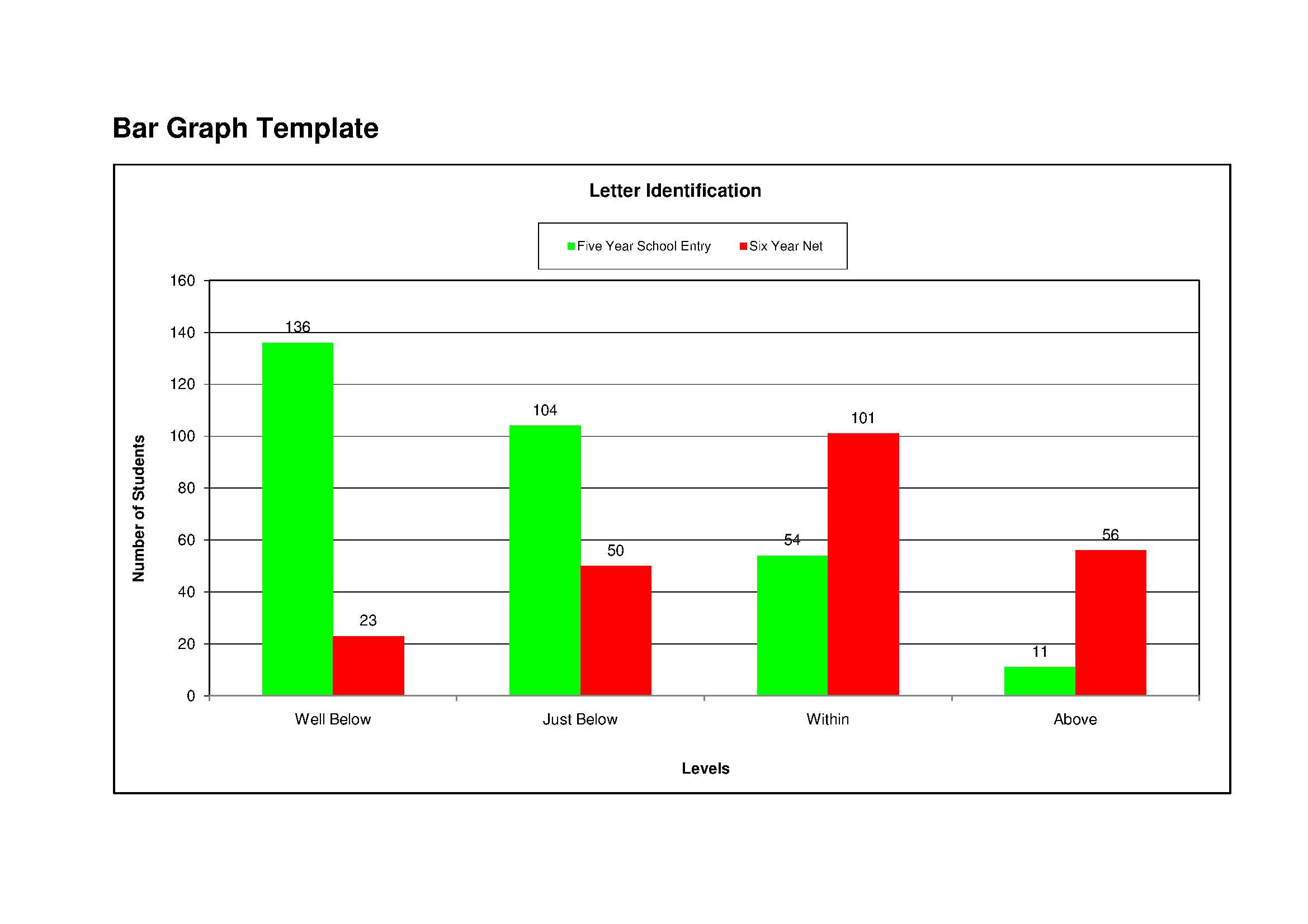Spectacular Info About Why Is Bar Graph Used D3 Line Chart React
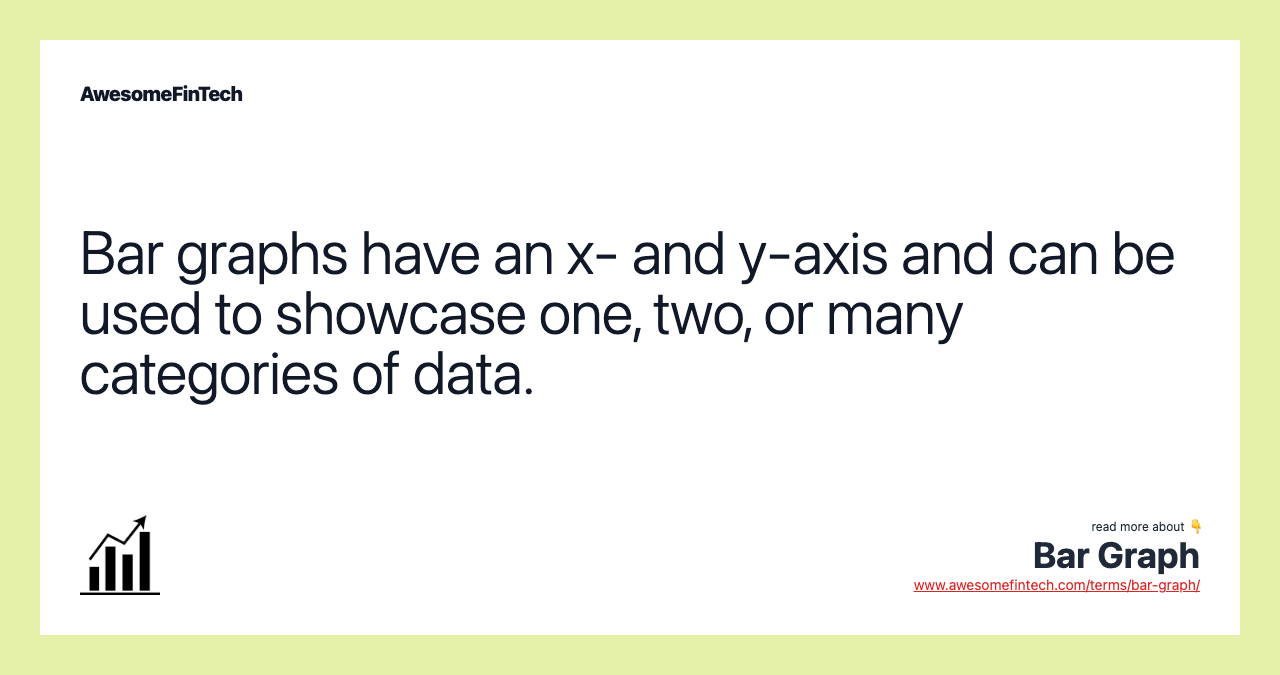
Bar graphs are mainly classified into two types:
Why is bar graph used. A bar graph shows a visual summary of how a data set is spread out across various categories. Qualitative or categorical data occurs when the information concerns a trait or attribute and is not numerical. Bar graphs may be used to map just about any type of data, from crop yields to participation in school activities to household median income for a country during a period of time.
A bar graph may run horizontally or vertically. What constitutes a bar graph? If the independent and dependent variables are numeric, use line diagrams or scattergrams;
Bar graphs (or bar charts) are often used in data analysis and statistics to represent a given set of values. A bar graph (also called bar chart) is a graphical display of data using bars of different heights. Bar charts, sometimes called “bar graphs,” are among the most common data visualizations.
The gap between one bar and another should be uniform throughout. It can be either horizontal or vertical. A bar chart or bar graph is a chart or graph that presents categorical data with rectangular bars with heights or lengths proportional to the values that they represent.
Make a bar graph for this data. The bars can be plotted vertically or horizontally. They plot one categorical variable (e.g., quarter) and one numerical variable (e.g., revenue), and use the length of horizontal or vertical bars to represent values.
Bar graphs, also known as column charts, offer advantages because they are easy to understand, are widely used, and can display changes over time. A bar graph is a graphical representation of information. There are 4 purple, 5 yellow, 2 green, and 9 red lunch boxes.
The bars in bar graphs can be plotted horizontally or vertically, but the most commonly used bar graph is the vertical bar graph. Parts of a bar graph. Bar charts are also known as bar graphs.
What is the definition and example of a bar graph? Bar graph vs other graphs. For example, bar charts show variations in categories or subcategories scaling width or height across simple, spaced bars, or rectangles.
We can show that on a bar graph like this: Bar charts are some of the most widely used and recognizable charts. Bar charts highlight differences between categories or other discrete data.
However, this still raises the question of what exactly a bar graph tells us. Imagine you do a survey of your friends to find which type of movie they like best: A bar chart is used when you want to show a distribution of data points or perform a comparison of metric values across different subgroups of your data.
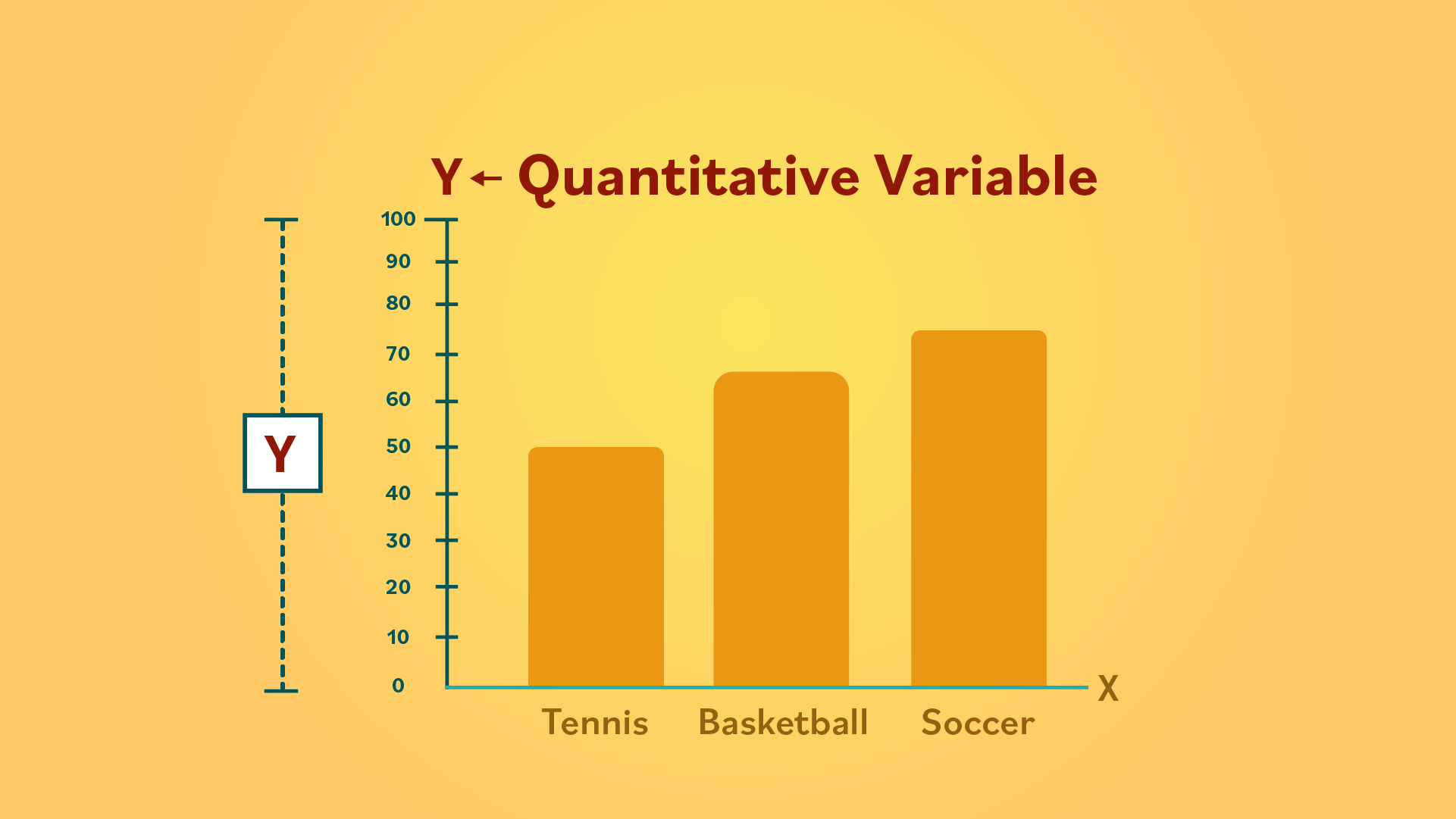


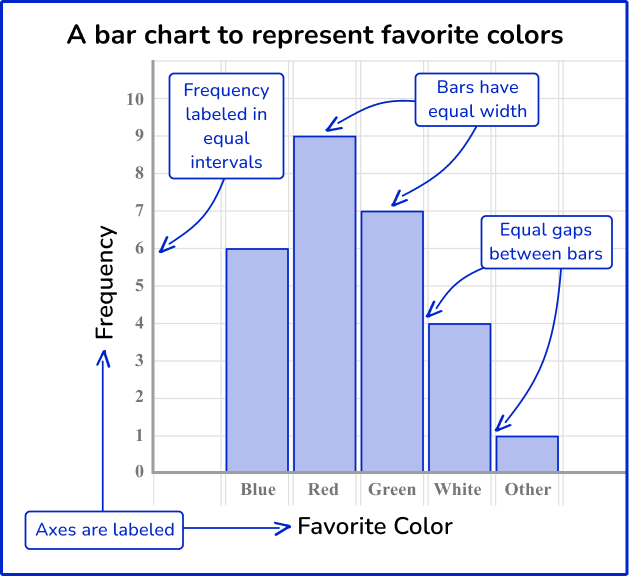

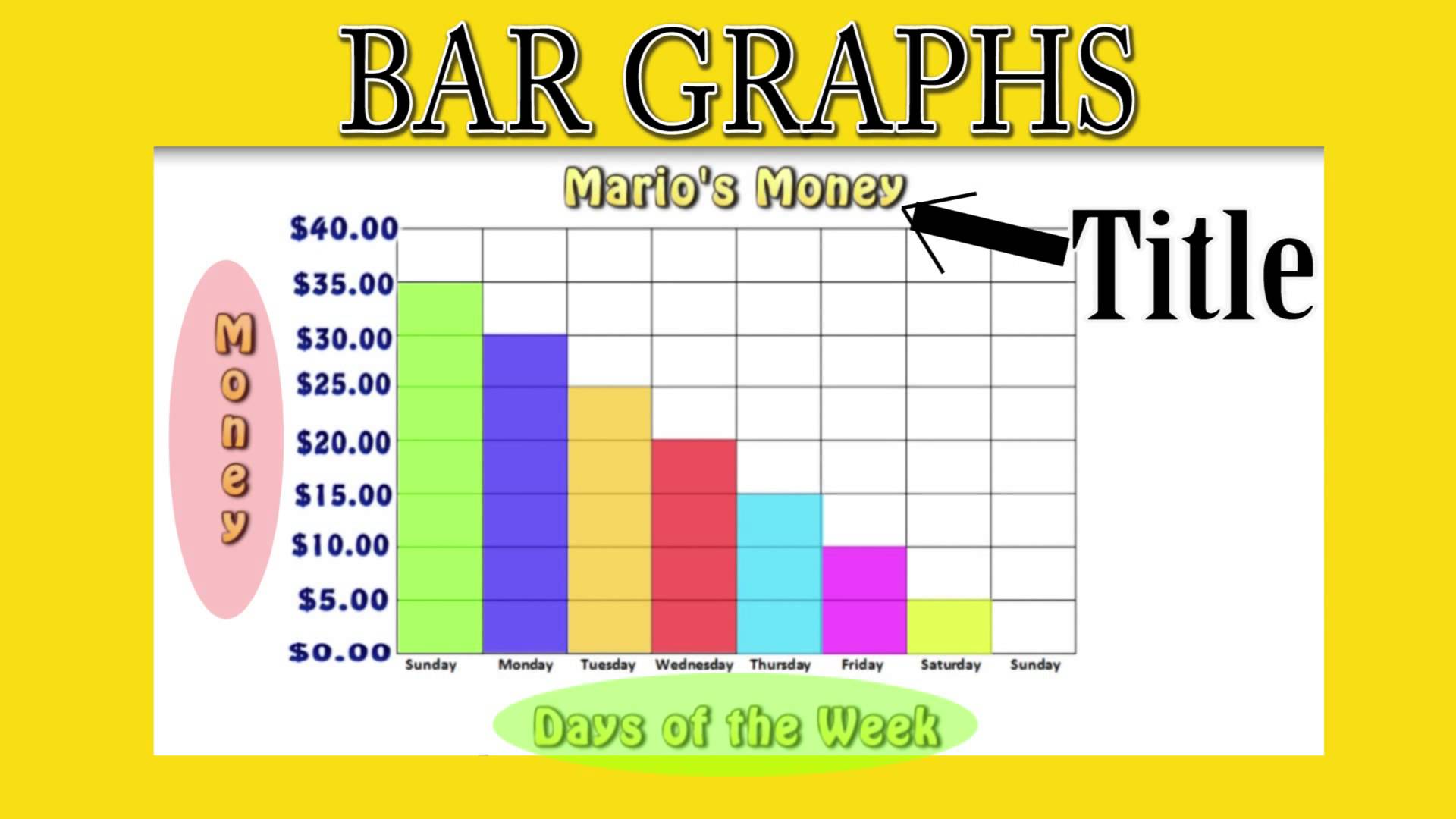



![What is Bar Graph? [Definition, Facts & Example]](https://cdn-skill.splashmath.com/panel-uploads/GlossaryTerm/7d3d0f48d1ec44568e169138ceb5b1ad/1547442576_Bar-graph-Example-title-scale-labels-key-grid.png)



